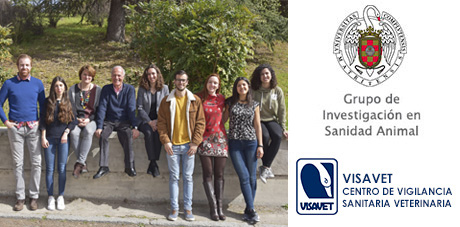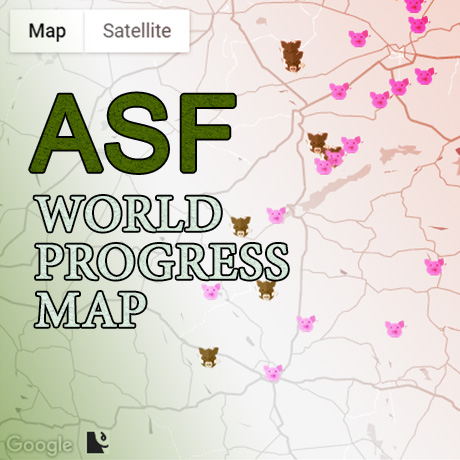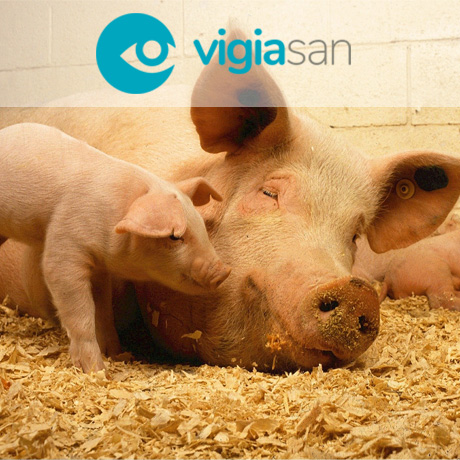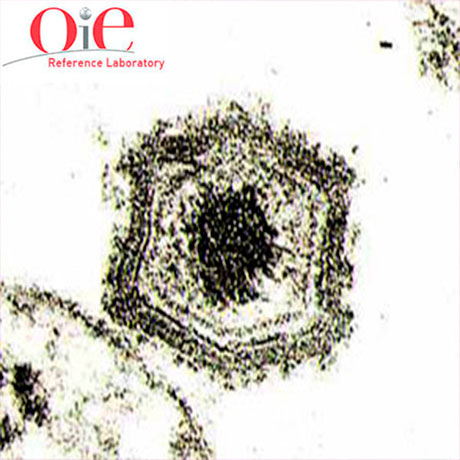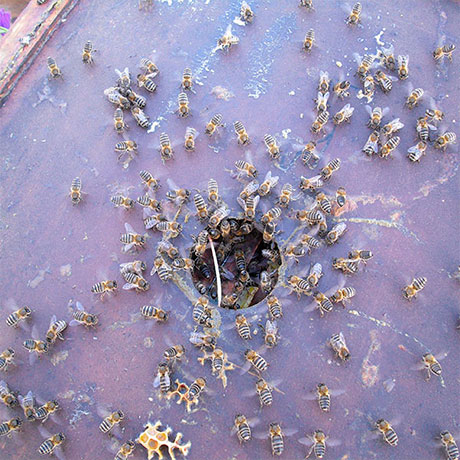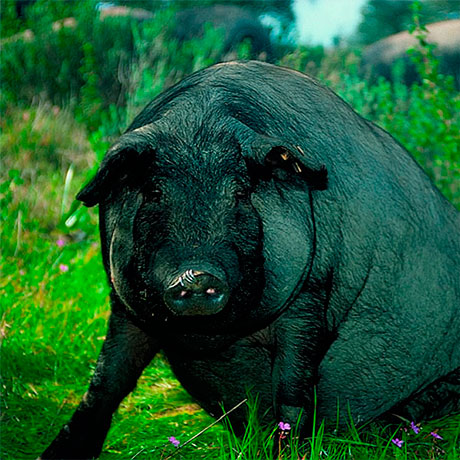¿Conseguiremos una vacuna para la enfermedad más letal del sector porcino?
Entrevista a José Manuel Sánchez-Vizcaíno para AgriNews TV.
Tesis Doctoral Carolina Muñoz Pérez
El próximo jueves 21 de marzo de 2024, Carolina Muñoz defenderá su Tesis Doctoral "Estrategias para la prevención de la peste porcina africana" dirigida por el profesor José Manuel Sánchez-Vizcaíno. El acto tendrá lugar a las 11.30 horas en la Sala de Conferencias del Centro de Vigilancia Sanitaria Veterinaria (VISAVET) de la Universidad Complutense de Madrid.

Resumen:
La peste porcina africana (PPA) es una enfermedad infecciosa que afecta tanto a cerdos domésticos como salvajes, y que se encuentra dentro de la lista de enfermedades de declaración obligatoria para la Organización Mundial de Sanidad Animal (WOAH). En los últimos años la enfermedad se ha expandido por todo el mundo convirtiéndose en una pandemia. Una pandemia que supone en la actualidad la mayor amenaza para la producción porcina mundial. En vista de esta situación, la presente tesis doctoral titulada: “Estrategias para la prevención de la peste porcina africana”, persigue el objetivo de obtener información epidemiológica sobre los factores de riesgo más importantes para la introducción de la PPA en una zona libre, concretamente el movimiento natural de las poblaciones de jabalíes y el comercio internacional de cerdos o de productos cárnicos derivados.
Aplicación de machine learning con datos a gran escala para una vacunación efectiva contra la peste porcina clásica en jabalíes en Japón
Publicamos un nuevo artículo de investigación en la revista Scientific Reports.
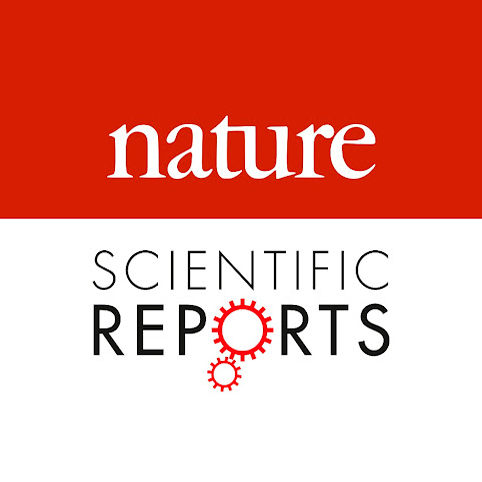 Resumen:
Resumen:
La peste porcina clásica ha estado propagándose por todo el país desde su reaparición en Japón en 2018. La Prefectura de Gifu ha estado trabajando diligentemente para controlar la enfermedad mediante la difusión de vacunas orales dirigidas a los jabalíes. Aunque se rociaron vacunas en 14,000 ubicaciones entre 2019 y 2020, solo se confirmó la ingesta de vacunas por parte de los jabalíes en el 30% de las ubicaciones. En este estudio, pronosticamos la tasa de ingestión de la vacuna en cada punto mediante un modelo de Bosque Aleatorio basado en datos de difusión de vacunas y creamos superficies de predicción para la probabilidad de ingestión de la vacuna por los jabalíes utilizando técnicas de interpolación espacial. Como resultado, la distancia desde el punto de vacunación hasta la fuente de agua fue la variable más importante, seguida por la elevación, la temporada, la densidad de carreteras y la pendiente. El área bajo la curva, la precisión del modelo, la sensibilidad y la especificidad para la evaluación del modelo fueron 0.760, 0.678, 0.661 y 0.685, respectivamente. Se predijo que las áreas con una alta probabilidad de vacunación de jabalíes se encontraban en la parte norte, este y oeste de Gifu. Los resultados de la Validación Cruzada de Exclusión de Uno mostraron que el enfoque de Kriging fue más preciso que el método de Ponderación de Distancia Inversa. Destacamos que estrategias efectivas de vacunación basadas en datos epidemiológicos son esenciales para el control de enfermedades y que nuestra herramienta propuesta también es aplicable a otras enfermedades en la vida silvestre.
Ito S, Aguilar-Vega C, Bosch J, Isoda N y Sanchez-Vizcaino JM.
Nuevo artículo publicado en la revista Microbiology spectrum
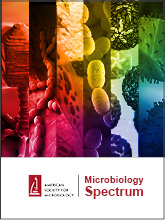 Resumen: Brucella spp. are zoonotic pathogens that can affect both terrestrial and marine mammals. Brucella ceti has been identified in various cetacean species, but only one sequence type (ST27) has been reported in humans. However, it is important to conduct surveillance studies to better understand the impact of marine Brucella species on marine mammals, a typically understudied host group. Here, we describe a systemic infection by two related strains of Brucella pinnipedialis (ST25) in a couple of live-stranded bottlenose dolphins, with more severe lesions in the younger animal. Furthermore, B. pinnipedialis was first detected in milk from a female cetacean that stranded with its offspring. Our study reveals novel insights into the epidemiology and pathological consequences of B. pinnipedialis infections in cetaceans, emphasizing the crucial importance of ongoing surveillance and accurate diagnosis to understand the impact of this pathogen on marine mammal populations.
Resumen: Brucella spp. are zoonotic pathogens that can affect both terrestrial and marine mammals. Brucella ceti has been identified in various cetacean species, but only one sequence type (ST27) has been reported in humans. However, it is important to conduct surveillance studies to better understand the impact of marine Brucella species on marine mammals, a typically understudied host group. Here, we describe a systemic infection by two related strains of Brucella pinnipedialis (ST25) in a couple of live-stranded bottlenose dolphins, with more severe lesions in the younger animal. Furthermore, B. pinnipedialis was first detected in milk from a female cetacean that stranded with its offspring. Our study reveals novel insights into the epidemiology and pathological consequences of B. pinnipedialis infections in cetaceans, emphasizing the crucial importance of ongoing surveillance and accurate diagnosis to understand the impact of this pathogen on marine mammal populations.
Vargas-Castro I, Crespo-Picazo JL, Fayos M, Jiménez-Martínez MdlÁ, Torre-Fuentes L, Álvarez J, Moura AE, Hernández M, Buendía A, Barroso-Arévalo S, García-Seco T, Pérez-Sancho M, De Miguel MJ, Andrés-Barranco S, Marco-Cabedo V, Peñin-Villahoz G, Muñoz PM, Domínguez L, García-Párraga D y Sánchez-Vizcaíno JM.
¿Qué podemos aprender de la epidemia de Peste porcina africana tras cinco años en Asia?
Publicamos un nuevo artículo en la revista Frontiers In Veterinary Science.
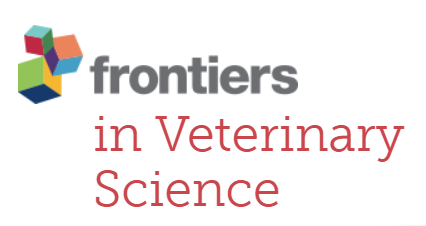 Resumen: Today’s global swine industry is exposed to the unprecedented threat of African swine fever (ASF). Asia, the site of the most recent epidemics, could serve as a huge viral reservoir for the rest of the world given the severity of the damage, the huge swine industry, and the high volume of trade with other countries around the world. As the majority of ASF notifications in Asia today originate from pig farms, the movement of live pigs and associated pork products are considered critical control points for disease management. Particularly, small-scale or backyard farms with low biosecurity levels are considered major risk factors. Meanwhile, wild boars account for most notified cases in some countries and regions, which makes the epidemiological scenario different from that in other Asian countries. As such, the current epidemic situation and higher risk factors differ widely between these countries. A variety of studies on ASF control have been conducted and many valuable insights have been obtained in Asia; nevertheless, the overall picture of the epidemic is still unclear. The purpose of this review is to provide an accurate picture of the epidemic situation across Asia, focusing on each subregion to comprehensively explain the disease outbreak. The knowledge gained from the ASF epidemics experienced in Asia over the past 5 years would be useful for disease control in areas that are already infected, such as Europe, as well as for non-affected areas to address preventive measures. To this end, the review includes two aspects: a descriptive analytical review based on publicly available databases showing overall epidemic trends, and an individualized review at the subregional level based on the available literature.
Resumen: Today’s global swine industry is exposed to the unprecedented threat of African swine fever (ASF). Asia, the site of the most recent epidemics, could serve as a huge viral reservoir for the rest of the world given the severity of the damage, the huge swine industry, and the high volume of trade with other countries around the world. As the majority of ASF notifications in Asia today originate from pig farms, the movement of live pigs and associated pork products are considered critical control points for disease management. Particularly, small-scale or backyard farms with low biosecurity levels are considered major risk factors. Meanwhile, wild boars account for most notified cases in some countries and regions, which makes the epidemiological scenario different from that in other Asian countries. As such, the current epidemic situation and higher risk factors differ widely between these countries. A variety of studies on ASF control have been conducted and many valuable insights have been obtained in Asia; nevertheless, the overall picture of the epidemic is still unclear. The purpose of this review is to provide an accurate picture of the epidemic situation across Asia, focusing on each subregion to comprehensively explain the disease outbreak. The knowledge gained from the ASF epidemics experienced in Asia over the past 5 years would be useful for disease control in areas that are already infected, such as Europe, as well as for non-affected areas to address preventive measures. To this end, the review includes two aspects: a descriptive analytical review based on publicly available databases showing overall epidemic trends, and an individualized review at the subregional level based on the available literature.
Ito S, Kawaguchi N, Bosch J, Aguilar Vega C y Sánchez-Vizcaíno JM
Accelerometer-based detection of African swine fever infection in wild boar
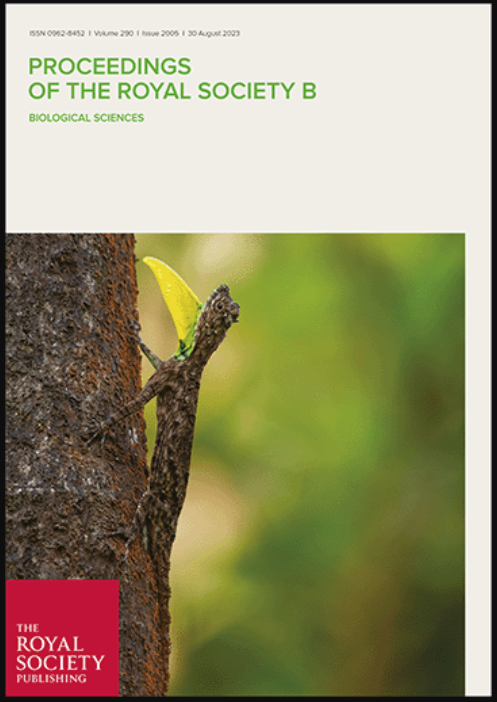
Último artículo científico publicado en la revista Proceedings. Biological sciences.
Resumen: Infectious wildlife diseases that circulate at the interface with domestic animals pose significant threats worldwide and require early detection and warning. Although animal tracking technologies are used to discern behavioural changes, they are rarely used to monitor wildlife diseases. Common disease-induced behavioural changes include reduced activity and lethargy ('sickness behaviour'). Here, we investigated whether accelerometer sensors could detect the onset of African swine fever (ASF), a viral infection that induces high mortality in suids for which no vaccine is currently available. Taking advantage of an experiment designed to test an oral ASF vaccine, we equipped 12 wild boars with an accelerometer tag and quantified how ASF affects their activity pattern and behavioural fingerprint, using overall dynamic body acceleration. Wild boars showed a daily reduction in activity of 10-20% from the healthy to the viremia phase. Using change point statistics and comparing healthy individuals living in semi-free and free-ranging conditions, we show how the onset of disease-induced sickness can be detected and how such early detection could work in natural settings. Timely detection of infection in animals is crucial for disease surveillance and control, and accelerometer technology on sentinel animals provides a viable complementary tool to existing disease management approaches.
Morelle K, Barasona JA, Bosch J, Heine G, Daim A, Arnold J, Bauch T, Kosowska A, Cadenas-Fernández E, Aviles MM, Zuñiga D, Wikelski M, Vizcaino-Sanchez JM, Safi K.



